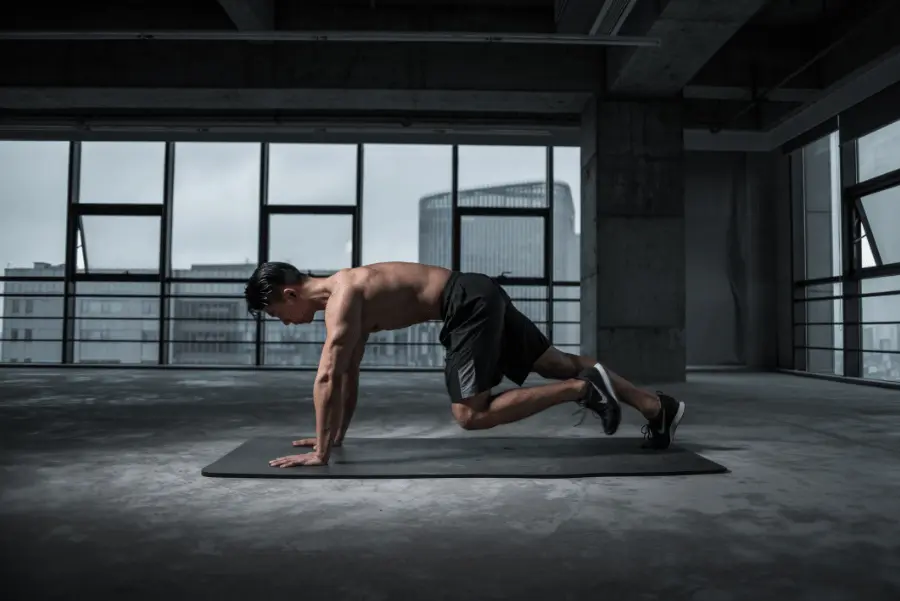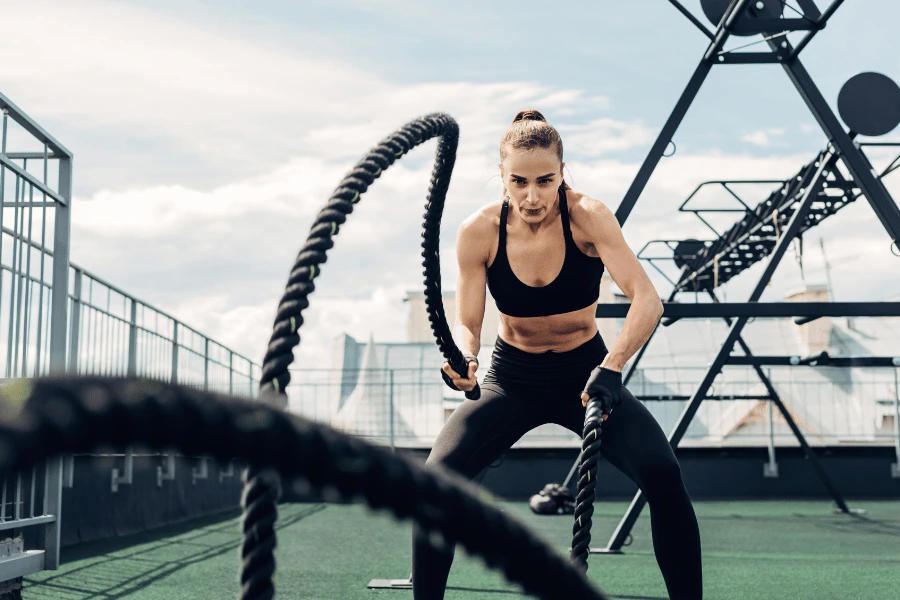How to Avoid Injury and Stay Safe While Working Out. Exercise is a great way of remaining healthy, building strength, and remaining physically fit. You could be a fitness novice or an informed sportswoman, but safety has to be perfect in order to help prevent injury. Following the correct methods, conditioning the body, and using the appropriate clothing, you can reduce injury risk and achieve your fitness thing. Then’s how not to get hurt and remain safe exercising.
1. Warm Up Well
Warming up is also the most important part of each workout session. It gets your muscles, your joints, and your cardiovascular system ready for exercise intensity, limiting chances for strains or gashes. Proper warm-up allows for increased rotation of blood, improved inflexibility, and enhanced internal medication to exercise.
Warm-Up Tips
– Take 5- 10 twinkles to do light aerobic exercises like brisk walking or cycling.
– Incorporate dynamic stretches that target the muscles you will be using when performing your drill (e.g., leg swing, arm circles).
– Emphasize conduct that mimic the exercise you will perform but with less intensity.
2. Use Correct Form
Wearing appropriate form during exercise is crucial in preventing injury. demure fashion can give rise to muscle strain, prevalent injury, and other life-hanging injuries. Whenever lifting weights, running, or executing bodyweight exercises, always focus on maintaining proper posture and alignment.
Correct Form Tips
– Learn the proper form before attempting an exercise. This may involve watching instructional vids or finding a coach.
– Maintain your back straight and don’t arch or round it while performing exercises such as syllables or deadlifts.
– Activate your core in your drill so that you can stabilize your body and minimize stress on your lower reverse.
– If you are not certain of your form, begin with lighter weights or further introductory movements and also write up to further violent exercises.
3. Begin sluggishly
Overexertion is one of the most frequent causes of drill injury. Naturally, you would wish to go hard right from the beginning, especially if you’re eager to see some outcome. but beginning too fast or too hard will overwork your muscles, tendons, and ligaments, and stand a greater chance of leading to an injury.
Tips on Beginning sluggishly
– Begin with light-intensity training or light weights, and gradationally build up the intensity to more challenging exercises.
– If you are coming back to fitness after a layoff or an injury, begin with brief sessions and gradationally increase duration and intensity.
– Pay attention to your body if you are tired or hurting, take rest and don’t overexert.
Read also: The Ultimate Guide to Healthy Weight Gain: Build Muscle, Not Fat
4. Stay Doused
Sufficient hydration is an important component of avoiding exercise injury. Dehumidification can lead to muscle spasms, dizziness, and fatigue, all of which can increase your risk for injury. Proper hydration optimizes muscle function and normal lubrication, reducing your tendency to overexert and strain.
Hydration Tips
– Drink water pre-practice, during practice, and post-practice in order to stay waterlogged.
– When physically exercising for extensive periods or at high temperatures, consume an electrolyte-based drink in the process of restituting excreted minerals.
– Exclude drinking huge quantities of caffeinated drinks or alcoholic beverages prior to and even during exercising because they lead to dehumidification.
5. Dress to Impress
Good shoes and exercise clothing can actually help with prevention of injury. Good shoes for your activity of choice can help stabilize your bases, correct your posture, and prevent impact-related injury. Also, wearing breathable, comfortable clothing will allow you to move freely and avoid chafing.
Appropriate Gear Tips
– Synthesize footwear offering suitable bow support to assist with toning or handling. If experiencing certain bottom issues (e.g., flat bases), highly advised are custom orthotics.
– Relaxed, sweat- wicking drill clothing should be worn.
– Shock conditioning: knee or wrist support needs to be applied to too much stability.
6. Cool Down
Warming down after a drill is just as necessary as warming up. It aids in returning your heart rate to normal position and enabling the recovery of muscle, reducing stiffness and soreness. Warming down can also enhance inflexibility in the long term by adding static stretches.
Cool- Down Tips
– Do 5- 10 twinkles on low- intensity aerobic exercise, such as walking or slow cycling.
– Do stationary stretches, holding each bone
for 20- 30 seconds to stretch out muscles exercised during your session.
– Exercise deep breathing to allow your body to relax and restore balance after the physical stress of exercise.





